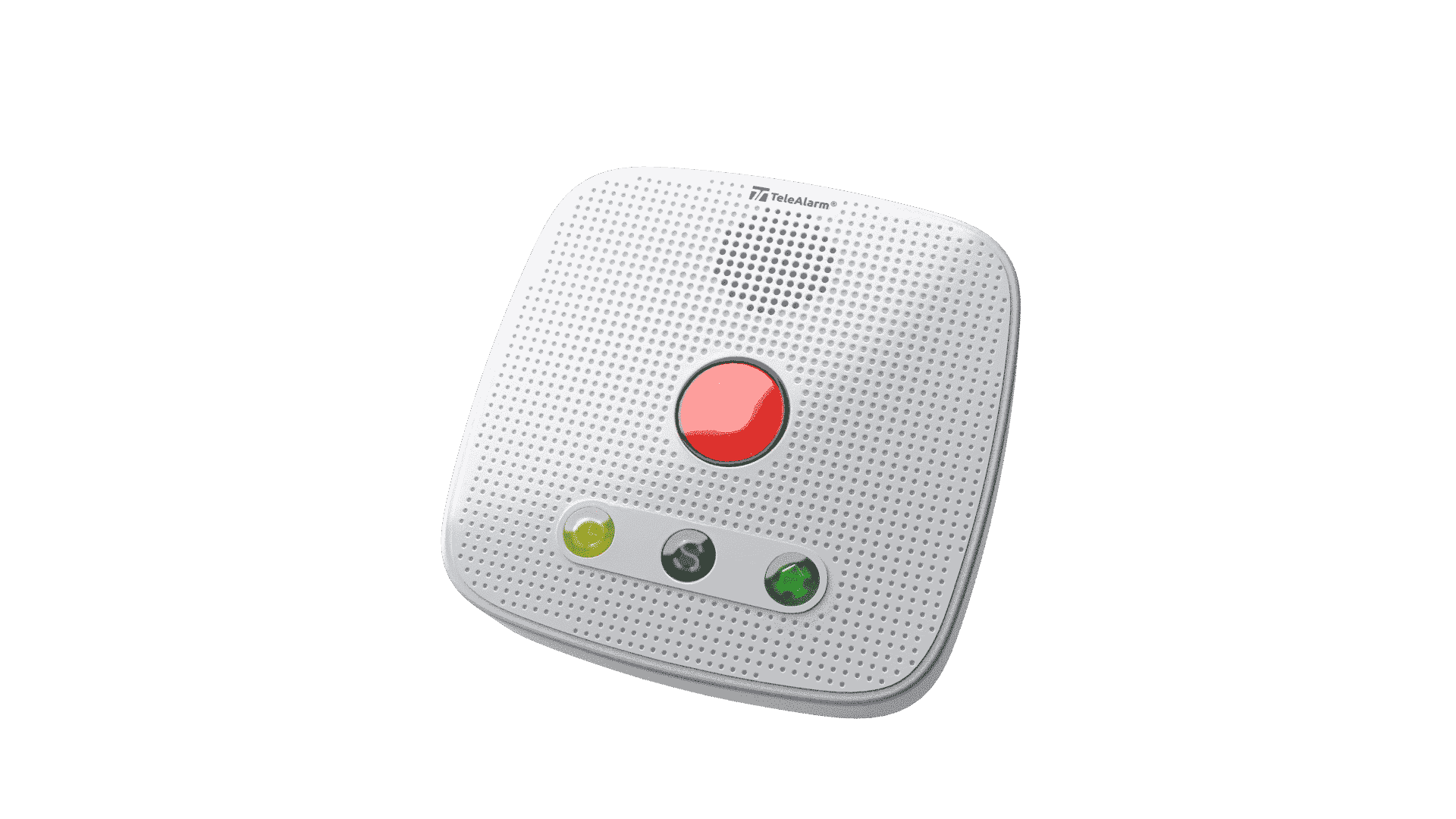As the UK prepares for the digitisation of its telephony network by 2025, the German telephone network has largely been converted to digital technology already. Our German colleagues are seeing the connection between the numerous analogue assistive technology call devices still in use and alarm-receiving centres cannot now always be 100% guaranteed. Analogue assistive technology call protocols were developed in the 1970s and ’80s. With the analogue transmission path, the subscriber data is transmitted to the call centre via acoustic signals (including DTMF tones). This 35-45-year-old technology is still used today mainly in assistive technology call devices throughout Germany.
This is only possible because most providers permit the use of analogue call protocols (which are designed for a completely different transmission network) in current IP networks via bridging technologies. Due to their susceptibility to errors, these unfortunately often lead to transmission problems.
The switch to digital telephone networks is increasingly leading to transmission problems
The current TeleAlarm assistive technology call devices – TA7x series, but also the predecessor model HTS 62 GSM – were designed for the IP world. Using the SCA-IP and RBIP protocols, they offer two IP-based transmission standards that guarantee reliability.
Since there are a number of common problems with analogue transmission protocols, the use of IP protocols offer clear advantages, but also new possibilities.
Fast and secure connection
The use of IP transmission protocols avoids transmission errors and increases security. Analogue transmission protocols are no longer supported by most telecommunications providers.
Cost saving
Nowadays, support of analogue assistive technology call devices can prove extensive and costly. In some cases they have to be tested, updated and maintained manually. New-generation digital devices connected via IP can be constantly monitored online and their functionality guaranteed. TeleAlarm’s cloud services offers the possibility to make changes to configurations and product improvements (firmware updates) online and remotely. This allows resources to be saved and better planned. The frequency of maintenance visits, and consequently the costs involved, are therefore reduced.
Online monitoring
Analogue assistive technology call devices send only limited messages to the alarm receiving centre. Only one connection is established in the case of an alarm or a technical message. In the worst case, the earliest you will notice that the subscriber is no longer connected to a functioning telephone line is when the control call from the emergency call centre is not received. By contrast, digital devices connected via IP offer close online monitoring of device status and connectivity. Status messages via TeleAlarm’s monitoring tab in cloud services can be set in minute intervals and are thus significantly more frequent than a weekly control call.
Better quality
With IP protocols (e.g. SCA-IP, RBIP), the use of bridging technologies is not necessary. This enables a reliable connection, as there are no known interference factors. The simultaneous use of an additional transmission path (e.g. GSM/GPRS) creates a backup path for the emergency call. Here we recommend the use of roaming SIM cards.
Missing telephone connections
IP-capable assistive technology call devices with combined GSM modules solve yet another problem: many assistive technology call providers are already noticing that more and more customers are no longer using a fixed line. Often this is a cost decision. Mobile phone connections are cheaper and maintenance-free. This is where the TA74GSM offers a clear advantage. It does not necessarily require a landline or IP line: it can establish a digital connection to the alarm receiving centre via mobile network. It can therefore be installed anywhere providing there is mobile phone coverage.
Our conclusion:
Digital assistive call technology can help individuals to continue to live independently, safe in the knowledge that help can be summoned if necessary.












